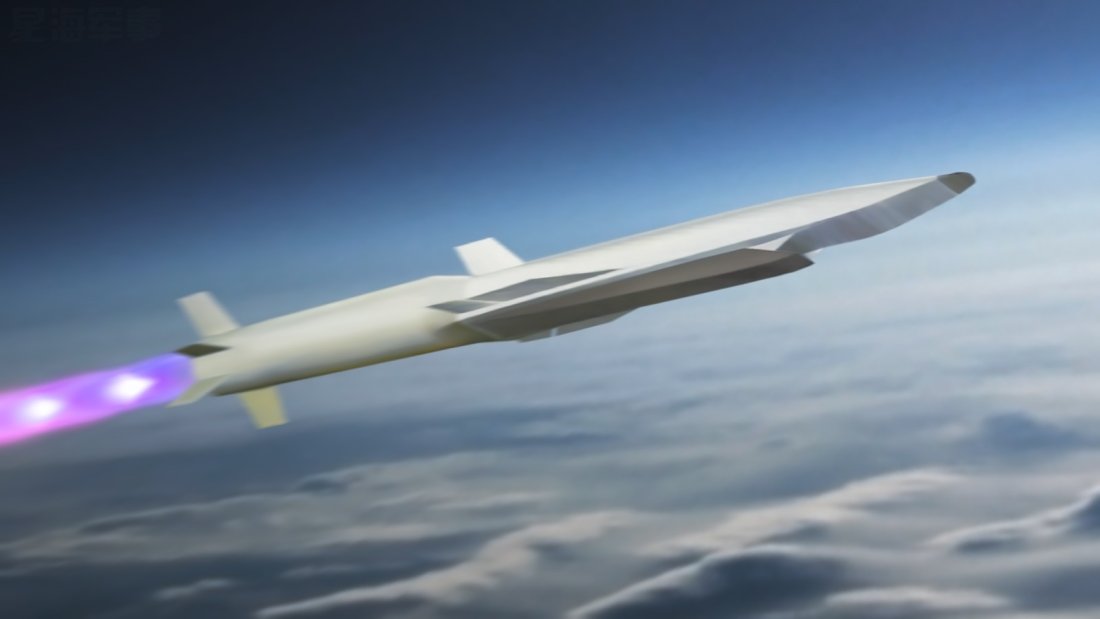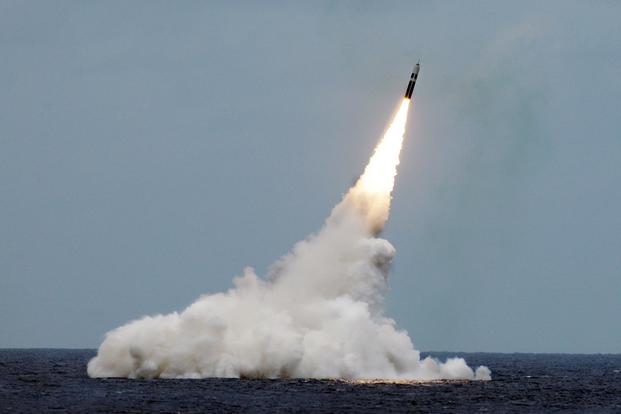China's Navy Now Has a Super Weapon America's Navy Lacks: A Railgun
China's futuristic electromagnetic railgun may already be the most powerful cannon to ever roam the high seas — ahead of schedule.
In June, a U.S. intelligence assessment estimated that the Chinese military planned on fielding its own version of the electromagnetic railgun on naval vessels as early as 2025, far outstripping the Pentagon's truncatedefforts to develop its own version of the much-hyped supergun. Now, new photos appear to show the railgun perched on the bow of its test ship at sea.
This is clearly the Haiyang Shan, the same Type 072III-class landing ship that was spotted in January 2018 docked at the Wuchang shipyard in China's central Hubei province, the largest of the People's Liberation Army Navy's inland shipyards and a major production hub for the country's conventional submarines.
The Chinese railgun was first developed in 2011 and tested in 2014, but a People's Liberation Army-run news outlet claimed in February that the Chinese navy had achieved a "breakthrough" during sea trials for the new railgun. Indeed, the June U.S. intelligence assessment suggests the supergun underwent trials even earlier than the PLA said, with initial tests underway as early as December 2017.











/cdn.vox-cdn.com/uploads/chorus_image/image/62756003/AP_18035191128128.0.jpg)

/arc-anglerfish-arc2-prod-mco.s3.amazonaws.com/public/73QDRPJFSJEWVBK2WRQE6QOW3A.jpg)












![Several children were among the 40 migrants who were rescued by British and French authorities early Tuesday [Getty Images]](https://www.aljazeera.com/mritems/imagecache/mbdxxlarge/mritems/Images/2018/12/29/8cd4f2337698402d831895d3dbaa879a_18.jpg)



